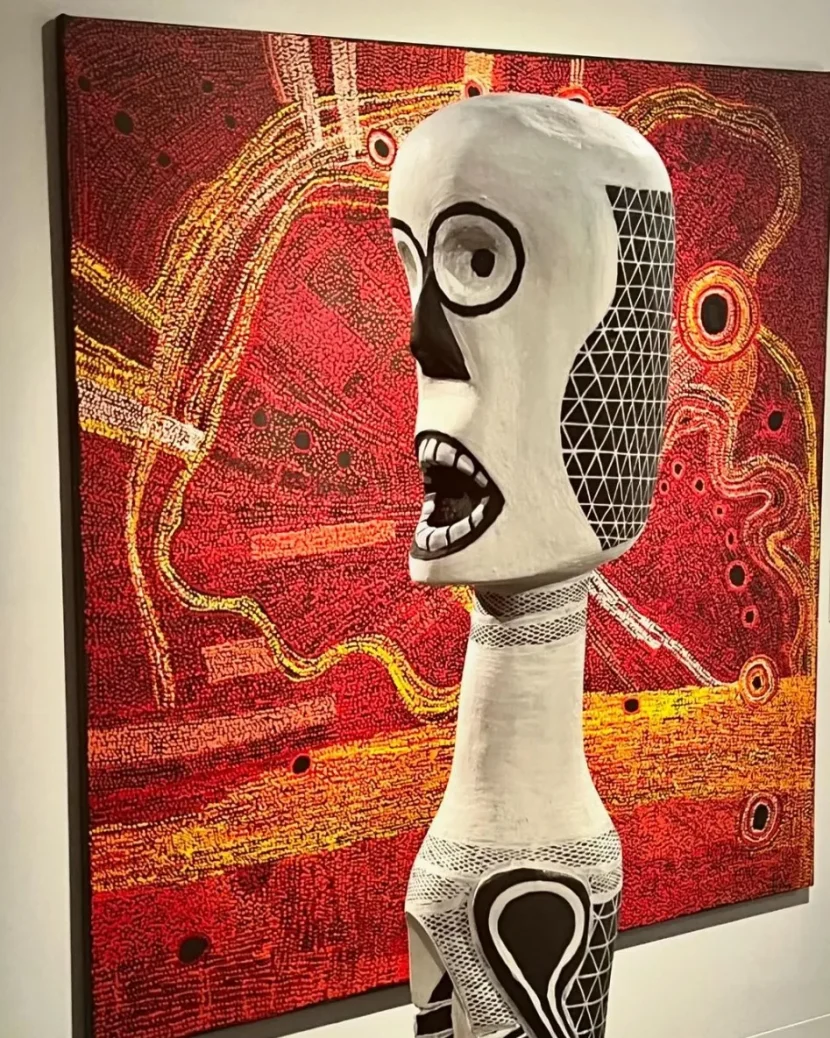Contemporary Darwin is the capital of the Northern Territory, Australia, is a fusion of cultures and traditions amounting to several activities. From the breathtaking views of the Darwin Harbour to the historical facts and the significance of the Aboriginal People, the city features all sorts of museums and art galleries that showcase the active and the past cultures. This article highlights the most relevant museums in Darwin and how they are significant in the conservation of the original cultural practices of Darwin while providing activities to both natives and tourists.
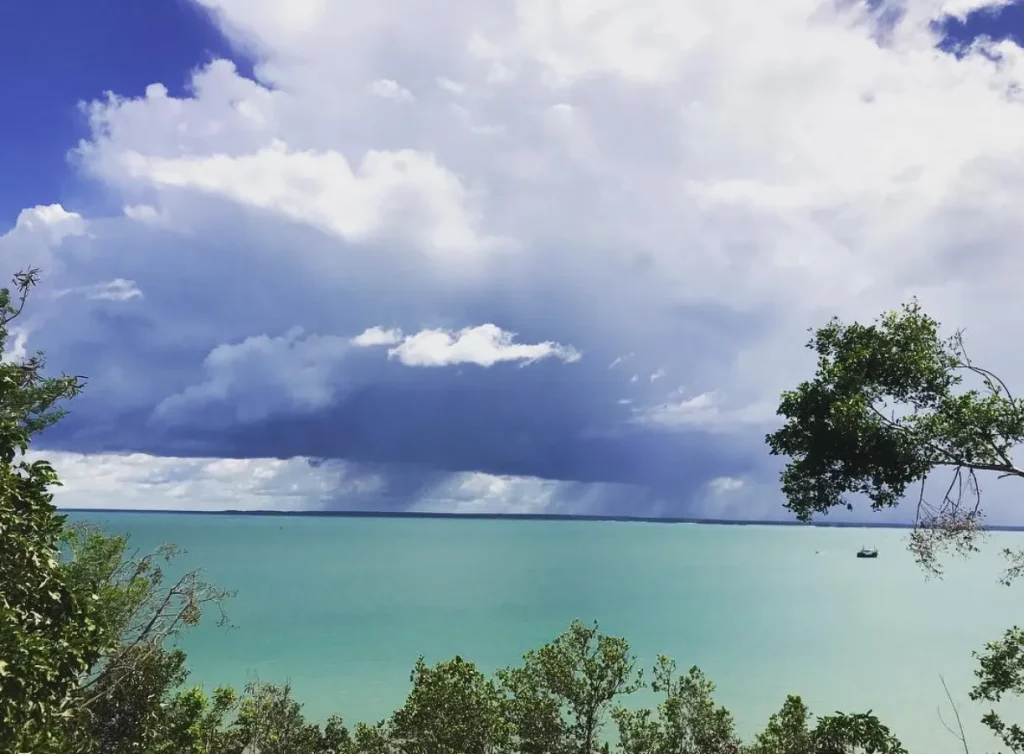
Cultural Experiences in Darwin
The culture of Darwin is a mixture of both old and new in the sense that it is strategically but its population is cosmopolitan. Drawing from the strong cultural values of the aboriginal society and taking a major influence from foreign artists, the art galleries and the museums in Darwin are truly promoters of culture. They help to tell about the history of the city through seafaring, life after cyclone tracy, and day to day activities of the people as well as domestic and offshore art, craft and interactive activities for young and old alike.
The Cultural Landscape of Darwin
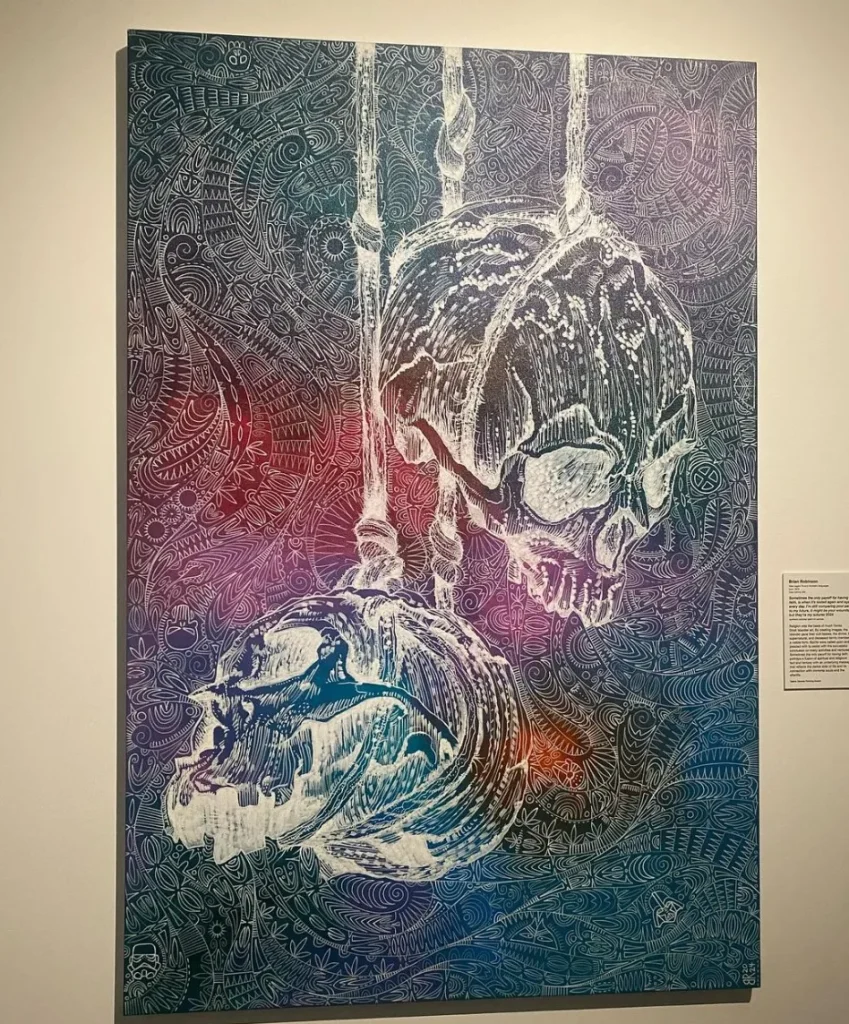
The cultural landscape of Darwin is a creative and historical major work. The city’s geographical position combined with the variety of the people who reside there create a rich cultural environment blending pre-colonial country traditions and modern European and artistic cultures. This diversity is reflected in the many museums and galleries within the city, each providing a different insight into the cultural and historical development of the region.
Museums and Galleries in Preservation of Heritage
The city of Darwin and its coastal galleries and museums have proved to be pivotal, in the laser’s summation, in conserving the heritage of the city. These fundamental aspects of science, culture, and art include a fair share of maritime heritage, historical war narratives, scientific collections, and traditions of Aboriginal arts from the growing number of cultural institutions landscaping Darwin today. These centres also have temporary and permanent exhibitions, including geocycle work so that a range of saltwater crocodiles that are trade-marked taxidermied exhibits, which are quite familiar as well, and many more.
Museum and Art Gallery of the Northern Territory

Museum and Art Gallery of Northern Territory (MAGNT), in other towns it’s also called NT Art Gallery, is an integral part of the various cultural establishments in Darwin. Close to the Darwin Waterfront Precinct MAGNT provides an excellent exhibition which captures the natural history and Aboriginal art nt of the Northern Territory. The scientific collections depend on multiple types of objects which include even very old and very modern. Complex activities reveal a monotony and multilayered cultures with ancient and actual exhibits. A number of MAGNT’s exhibitions covers a variety of exhibits for instance traditional bark paintings and contemporary acrylic paintings all in one exhibition which helps in understanding the art history and evolution of the region well.
Darwin Military Museum
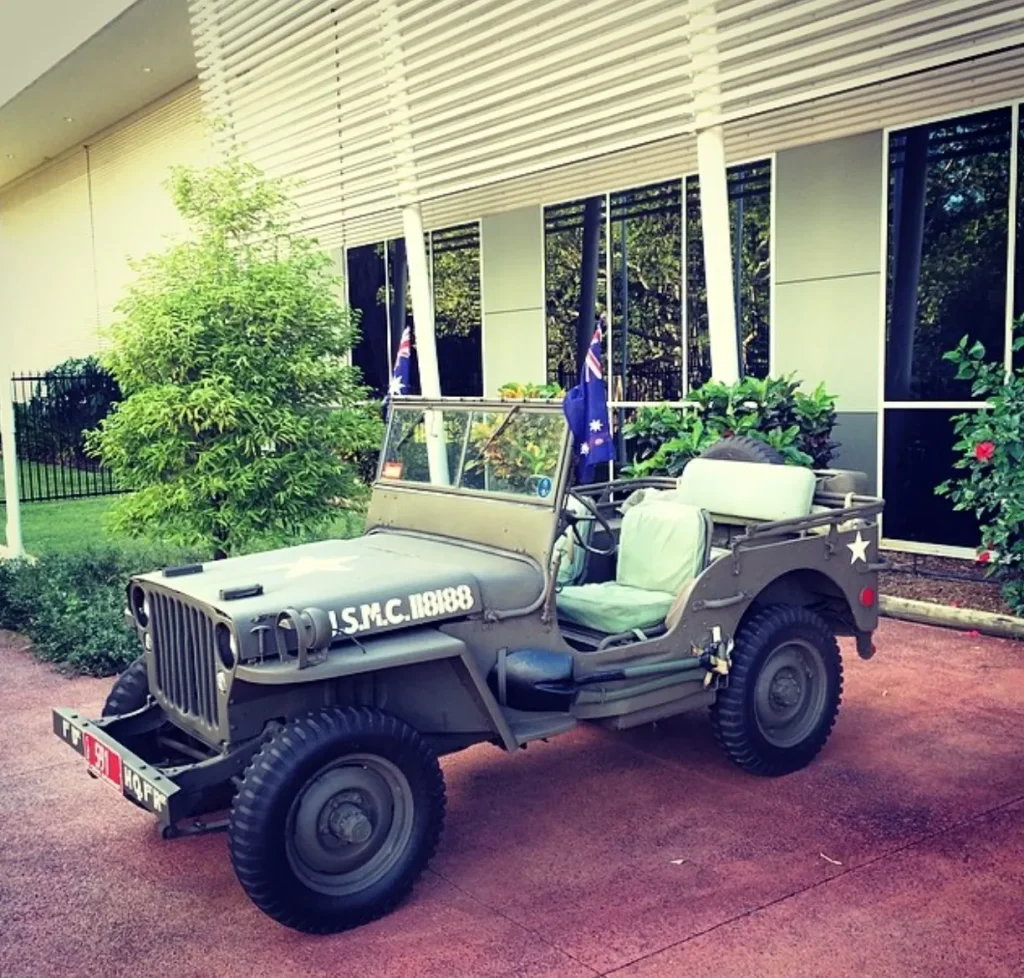
At East Point Reserve, a city sprawling around, the Darwin Military Museum concentrates into addressing the oral history, particularly in terms of the war history of the area. The collection of the museum is quite spacious comprising, guns, military objects, Cyclone Tracy and so on. Well focused upon Australia’s military history and World War ii Australians will have great educational tools for history and any type of enthusiast as Australia’s military history is a very thorough topic.
Darwin Aviation Museum
Aviation enthusiasts will undoubtedly enjoy a trip to the Darwin Aviation Museum. It presents the history of aviation in and around the city of Darwin, with a number of common aircraft and artifacts belonging over several decades. The displays that are present in the museum include military exploits and other people, prominently Charles Darwin, who is directly connected with the city. Its exhibit enhances people’s comprehension of the progress of aviation in Northern Territory with all the historical events.
Mason Art Gallery
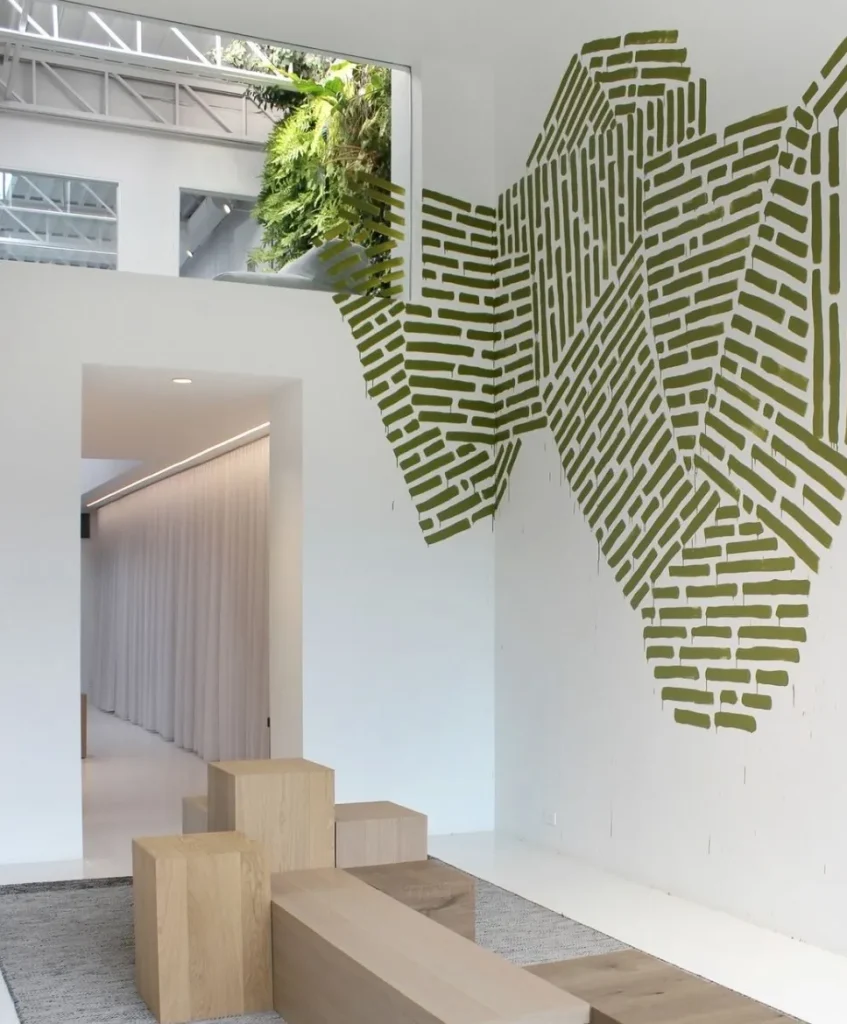
Slightly a lesser known institution is the Mason Art Gallery which specializes in contemporary art in Darwin embracing both Aboriginal and overseas artists work. Some of the prominent displays in the gallery include acrylic portraits paintings along with some mixed media works. Mason Art Gallery is located in the central business district and is important in ensuring people acquire impressive pieces of art and talent from up-coming artists from various regions.
Outstation Gallery
Outstation Gallery is known for being quite an Aboriginal Art gallery but more specifically the art from the remote Arnhem Land regions. The gallery also has a diverse exhibition area providing opportunities for the country’s culture bearers to showcase their art, which includes the elaborate bark painting and didgeridoo. Outstation Gallery seeks to majority of the exhibitions aims to depict the traditional and cultural aspects of the indigenous population of Australia through various art forms that are centuries old.
Royal Flying Doctor Service
Darwin’s Royal Flying Doctor Service (RFDS) Museum provides a historical view on the Royal Flying Doctor Service. The aim of this specialized service is to reach out to people in distant locations who need medical attention, and the museum contains various exhibits, including items from the past, multimedia components, and coverage of the history of the RFDS activities in the Northern Territory. The museum also offers an intriguing insight into the workings of the RFDS and the importance of the organization in the gross health affairs of the region.
Fannie Bay Gaol
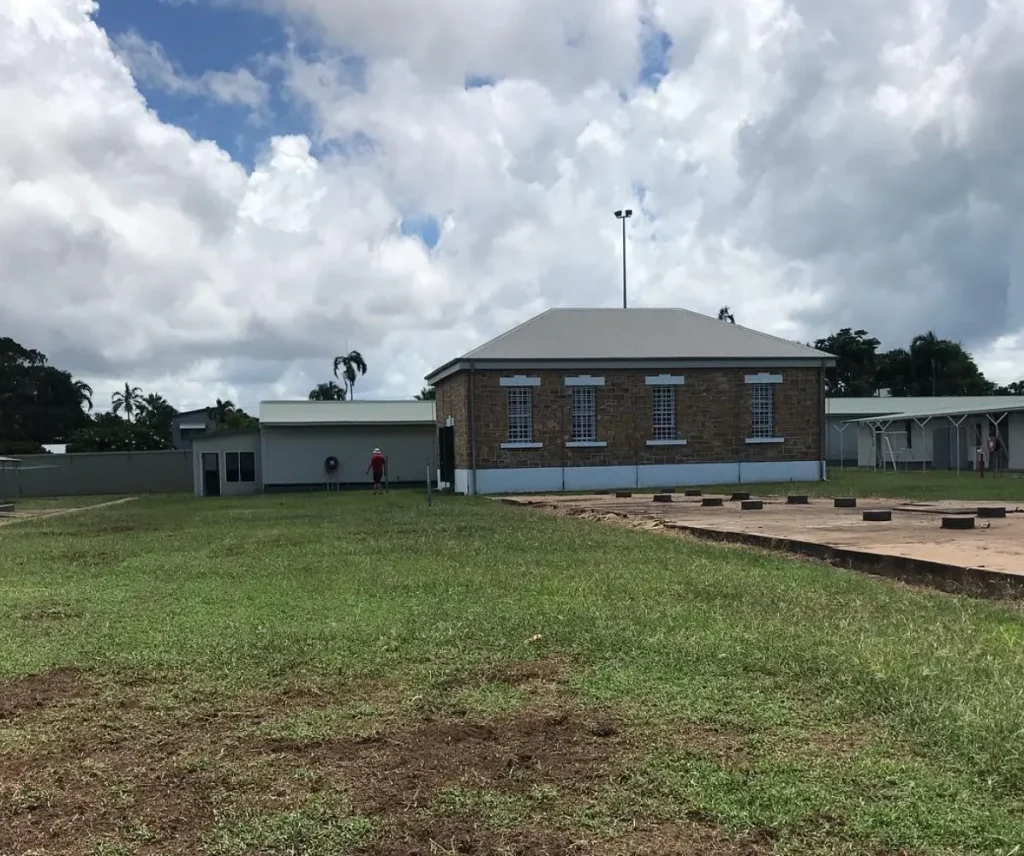
In this sense, Fannie Bay Gaol provides perspective into Darwin’s colonial history, a place in Australia whose modernity boasts many structures and facilities that go many years back. Fannie Bay Gaol is no longer a jailhouse but serves as a museum that contains relics about the prison system and the people who were imprisoned. The many gaol compounds are historical and designed to teach the visitors of the development of Darwin and also Australian university of penal history.
Patakijiyali Culture Museum
Patakijiyali Culture Museum promotes the knowledge of the Aboriginal–Australian and Torres Strait Islander history in detail. It is in Fannie Bay where the Culture Museum is found and showcases Scientists and Technologists for Australians Aboriginal Culture traditional objects and ceremonies. Through technology, democracy and cooperation, they were able to build a great museum with permanent exhibition documenting the culture of Native Americans and their relationship with the land.
Framed Gallery
Like many of the galleries in Darwin, the Framed Gallery also emphasizes contemporary art and photography. In the gallery, there is a variety of artistic styles and submissions to the gallery include, local and foreign artist exhibitions. Its series of changing displays and artists in the residence program strengthens its grasp in the cultural life of the city of Darwin.
Darwin Aboriginal Art Gallery
The focus of the Darwin Aboriginal Art Gallery is on the art of Australia’s Aborigine. The artworks depicted in the gallery include copious amounts of bark paintings, acrylic paintings, and sculptures. It serves Aboriginal artists and involves the audience with the Aboriginal artists’ works, and thus, helps to appreciate Aboriginal art and culture.
Darwin Street and Mural Art
The city of Darwin makes use of street art and murals in its landscape, and they are magnificently designed. Art is woven into the heart of Darwin’s urban landscape: the Darwin Street Art Festival and local mural making efforts transform dull surfaces into colorful public art. More often than not, these works concern the peoples, events or even the ecosystems of Darwin than anything else.
Conclusion

What Darwin’s museums and galleries offer viewers is quite a diverse and interesting culture that defines the young capital city. Be it the military constructions according to the age or the common sights of the military museums or even the native Australian art galleries or the trendy modern art galleries, there seems to be plenty of the city’s culture to see. All this being said, no matter if someone is interested in the city’s military and war history, indigenous art, or inner city’s everyday art – there is a wide range of cultural institutions to offer. Utopia Tour offers Darwin Tour Packages where you can visit several natural attractions like Litchfield National Park and Kakadu National Park in one trip.
FAQ
What are the top museums to visit in Darwin?
Main museum attractions in Darwin are: the Museum and Art Gallery of Northern Territory, military museum Darwin, aviation museum of Darwin, museum of Patakijiyali culture. All of them present various points of interest regarding cultural and historical aspects of Darwin.
What can I find inside the Darwin Aboriginal Art Gallery?
The Darwin Aboriginal Art Gallery holds a range of Aboriginal artwork which includes ancient cholera bark paintings, contemporary acrylic artwork and sculptures. It demonstrates traditional as well as modern art of aboriginal artists.
What does the Darwin Military Museum tell us about wartime history?
Explaining in more length about the World War 2 period in Australia and the Cyclone Tracy, the Darwin Military Museum has well-defined displays of Australia’s war history. The museum offers a wide range of military souvenirs, complex machines of war and wall shields where one learns about the military history of the city.
Are there any interactive exhibits at Darwin’s cultural institutions?
Yes, there are also interactive exhibits at some cultural institutions in Darwin that include Museum and Art Gallery of the Northern Territory, Royal Flying Doctor Service Museum, and others. They are informative and entertaining to the visitors of different ages.
What role do Darwin’s street and mural arts play in the city’s culture?
Architects draw from art and architecture to be able sculpt murals, painted cities and other places including Darwin public places Dips creative motivation and cultural themes to the centre of the city.
